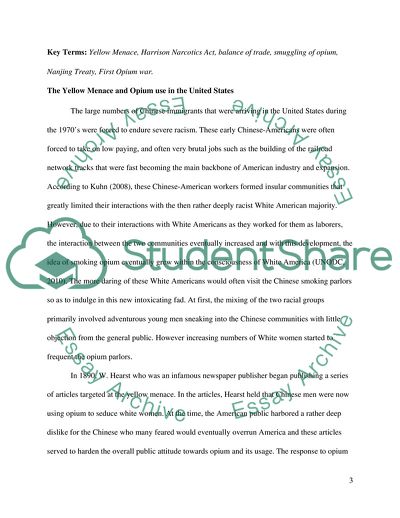Cite this document
(Why Did America Push for the Global Prohibition of Opium in the Early Coursework, n.d.)
Why Did America Push for the Global Prohibition of Opium in the Early Coursework. Retrieved from https://studentshare.org/health-sciences-medicine/1850183-why-did-america-push-for-the-global-prohibition-of-opium-in-the-early-20th-century
Why Did America Push for the Global Prohibition of Opium in the Early Coursework. Retrieved from https://studentshare.org/health-sciences-medicine/1850183-why-did-america-push-for-the-global-prohibition-of-opium-in-the-early-20th-century
(Why Did America Push for the Global Prohibition of Opium in the Early Coursework)
Why Did America Push for the Global Prohibition of Opium in the Early Coursework. https://studentshare.org/health-sciences-medicine/1850183-why-did-america-push-for-the-global-prohibition-of-opium-in-the-early-20th-century.
Why Did America Push for the Global Prohibition of Opium in the Early Coursework. https://studentshare.org/health-sciences-medicine/1850183-why-did-america-push-for-the-global-prohibition-of-opium-in-the-early-20th-century.
“Why Did America Push for the Global Prohibition of Opium in the Early Coursework”. https://studentshare.org/health-sciences-medicine/1850183-why-did-america-push-for-the-global-prohibition-of-opium-in-the-early-20th-century.


